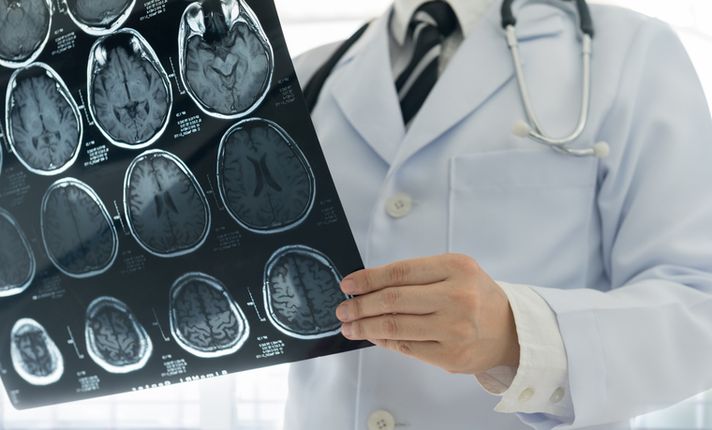Dr Laura Ellett, Research Officer at The Florey’s Australian National CJD Registry, has been awarded an MRFF Early to Mid-Career Researcher grant worth over $700,000 to accelerate discovery of early markers of prion disease in the body that may be detectable before severe illness takes hold.
Prion diseases are a family of rare dementias which are characterised by an incredibly rapid onset of symptoms – most patients will pass away within six months of the first sign of dementia/neurodegeneration. Currently, prion diseases are always fatal.
While the involvement of the retina – the back of the eye – has been demonstrated in prion disease for over three decades, there have been no studies on living animals or people using the novel analysis methods available to us now.
In a world-first, the researchers will apply novel imaging techniques to models of prion disease and commence a pilot study in people carrying a gene known to put them at risk of developing prion disease, to determine the utility of these techniques for the diagnosis of early-stage prion disease.
Promising treatments for prion diseases are entering clinical trials, but the mechanism by which these drugs work means that patients will receive the most benefit if they are treated either prior to symptom onset or at a very early-stage of the disease.
It is known that the disease-causing agent, the prion, is present in the body before symptoms commence. Research into finding new ways to identify the presence of prions before patients experience severe disease symptoms and irreversible brain damage is, researchers say, vital in tackling this type of disease.
With a limited time-frame to diagnose and treat prion diseases successfully and a challenging process to diagnose cases, carrying out research in this area is complex and lengthy.
Dr Ellett said: “We are hoping to contribute to early detection of prion disease so that novel treatments can be implemented before patients get severely unwell as this will make a huge improvement to patient outcomes.”
Prions are present in the retina of affected individuals and patients can experience visual symptoms as a part of the disease progression.
The eye is often considered an extension of the brain and therefore changes in the eye can give information about the health of the brain.
New breakthroughs in methods for scanning the inside of the eye are able to detect signs of dementia processes occurring and are considered promising tools for helping diagnose neurodegenerative conditions such as Alzheimer’s disease and Parkinson’s disease.
Several ‘in vivo’ techniques, such as electrophysiology, hyperspectral imaging and optical coherence tomography are utilised to determine the landscape of degenerative changes in the retina.
These techniques are repeatable and non-invasive. They are also easily integrated into routine optometric and ophthalmic assessments and are therefore an ideal preclinical screening tool for neurodegenerative processes.
“We believe that these novel retinal imaging techniques will allow us to monitor changes which are happening in the body during prion disease progression and enable us to identify prion disease in its early stages,” Dr Ellett said.


